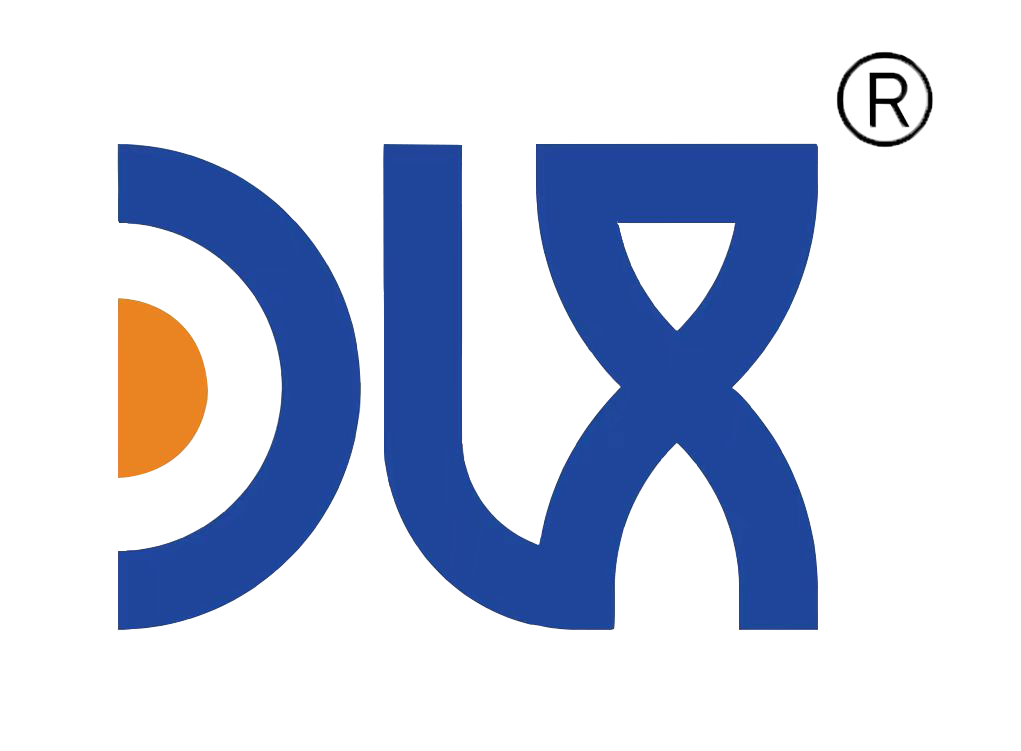
The 0Cr27Al7Mo2 FeCrAl rod is a premium high-temperature alloy engineered for industrial furnaces and heater systems operating under extreme conditions. This ferritic alloy is composed primarily of iron (Fe), 27% chromium (Cr), 7% aluminum (Al), and 2% molybdenum (Mo). The combination of chromium and aluminum ensures excellent oxidation resistance, while molybdenum enhances high-temperature mechanical strength and creep resistance, making this alloy ideal for demanding applications.
DLX Alloy produces these rods using vacuum induction melting followed by precision rolling and heat treatment, ensuring a uniform microstructure, low impurity levels, and consistent electrical resistivity. The dense alumina (Al₂O₃) oxide layer that forms on the surface during high-temperature exposure protects the material from oxidation, extending its operational life in furnace and heater systems.
For more details, pls directly contact us
The 0Cr27Al7Mo2 FeCrAl rod is used extensively across industries where high thermal stability and long-term reliability are critical. Typical applications include:
-
Industrial electric furnaces for glass, ceramics, and metallurgy
-
Heating elements in kilns, ovens, and dryers
-
Radiant tubes, furnace supports, and heat-resistant structural components
-
Thermal processing equipment for high-temperature sintering and heat treatment
-
Renewable energy heating systems including solar thermal collectors and battery heating modules
Thanks to the molybdenum-enhanced structure, this alloy maintains dimensional stability and resistivity even under prolonged heating cycles, making it a top choice for continuous and cyclic high-temperature operations.
|
Alloy Nomenclature Performance |
0Cr23Al5 |
0Cr21Al4 |
0Cr27Al7Mo2 |
|||||
|
Chemical Compostion (%) |
Cr |
12.0-15.0 |
23.0-26.0 |
19.0-22.0 |
20.5-23.5 |
18.0-21.0 |
21.0-23.0 |
26.5-27.8 |
|
Al |
4.0-6.0 |
4.5-6.5 |
5.0-7.0 |
4.2-5.3 |
3.0-4.2 |
5.0-7.0 |
6.0-7.0 |
|
|
Re |
Opportune |
Opportune |
Opportune |
Opportune |
Opportune |
Opportune |
Opportune |
|
|
Fe |
Rest |
Rest |
Rest |
Rest |
Rest |
Rest |
Rest |
|
|
-- |
-- |
-- |
-- |
-- |
-- |
-- |
||
|
Max.Continuous service temp. of element |
950 |
1250 |
1250 |
1250 |
1100 |
1350 |
1400 |
|
|
Resistivity at 20C(μΩ.m) |
1.25 |
1.42 |
1.42 |
1.35 |
1.23 |
1.45 |
1.53 |
|
|
Density(g/cm) |
7.4 |
7.1 |
7.16 |
7.25 |
7.35 |
7.1 |
7.1 |
|
|
Thermal Conductivity(KJ/m.h) |
52.7 |
46.1 |
63.2 |
60.2 |
46.9 |
46.1 |
-- |
|
|
Coefficient of lines expansion(αx10-6/℃) |
15.4 |
16 |
14.7 |
15 |
13.5 |
16 |
16 |
|
|
Melting Point Approx(degree) |
1450 |
1500 |
1500 |
1500 |
1500 |
1510 |
1520 |
|
|
Tensile Strength(N/mm) |
580-680 |
630-780 |
630-780 |
630-780 |
600-700 |
650-800 |
680-830 |
|
|
Elongation at rupture(%) |
>16 |
>12 |
>12 |
>12 |
>12 |
>12 |
>10 |
|
|
Variation of area(%) |
65-75 |
60-75 |
65-75 |
65-75 |
65-75 |
65-75 |
65-75 |
|
|
Repeat Bending frequency(F/R) |
>5 |
>5 |
>5 |
>5 |
>5 |
>5 |
>5 |
|
|
Hardness(H.B.) |
200-260 |
200-260 |
200-260 |
200-260 |
200-260 |
200-260 |
200-260 |
|
|
continuous service time(Hours/ ºC) |
-- |
≥80/1300 |
≥80/1300 |
≥80/1300 |
≥80/1250 |
≥80/1350 |
≥80/1350 |
|
|
Micrographic structure |
Ferrite |
Ferrite |
Ferrite |
Ferrite |
Ferrite |
Ferrite |
Ferrite |
|
|
Magnetic properties |
Magnetic |
Magnetic |
Magnetic |
Magnetic |
Magnetic |
Magnetic |
Magnetic |
|
|
Shape |
Size (mm) |
|
Wire |
0.05-7.5 |
|
Rod |
8-50 |
|
Ribbon |
(0.05-0.35)*(0.5-6.0) |
|
Strip |
(0.5-2.5)*(5-180) |
For more details, pls directly contact us
The demand for high-performance heating alloys continues to grow as industries pursue higher energy efficiency, sustainability, and automation. FeCrAl-based alloys, particularly those modified with molybdenum, are increasingly preferred for next-generation electric furnaces and industrial heating systems.
Markets are shifting toward alloys capable of withstanding temperatures above 1350°C while retaining mechanical integrity and electrical efficiency. 0Cr27Al7Mo2 is at the forefront of this trend, providing an extended lifespan, reduced maintenance costs, and better thermal performance compared to conventional FeCrAl materials.
DLX Alloy has invested in advanced metallurgy, automated quality control, and precision manufacturing to meet the evolving needs of global furnace and heater manufacturers. By leveraging microalloying techniques and controlled annealing, we produce rods that consistently deliver superior performance in extreme industrial environments.
| Property | 0Cr23Al5 | 0Cr25Al5 | 0Cr27Al7Mo2 |
|---|---|---|---|
| Chromium (Cr) | 23% | 25% | 27% |
| Aluminum (Al) | 5% | 5% | 7% |
| Molybdenum (Mo) | — | — | 2% |
| Max Operating Temp (°C) | 1350 | 1400 | 1450 |
| Oxidation Resistance | Excellent | Excellent | Superior |
| Mechanical Strength | High | Very High | Premium |
| Creep Resistance | Good | Very Good | Excellent |
| Electrical Resistivity (μΩ·m) | 1.40 | 1.45 | 1.38 |
| Typical Applications | Heating wire, furnace elements | Industrial heaters | High-temperature furnace and heater components |
This comparison highlights the premium performance of 0Cr27Al7Mo2, particularly in oxidation resistance and creep strength, making it ideal for high-demand industrial heating applications.
DLX Alloy – Our Advantage
At DLX Alloy, our 0Cr27Al7Mo2 rods are engineered for durability, stability, and high performance. Key advantages include:
-
Vacuum induction melting ensures a clean alloy composition free of impurities.
-
Precision rolling and annealing guarantee uniform microstructure and tight dimensional tolerance.
-
Optimized surface finish promotes reliable oxide layer formation and consistent electrical properties.
-
Customizable diameters and lengths to match specific industrial furnace designs.
-
Comprehensive testing including high-temperature oxidation, resistivity, and tensile strength to ensure superior performance.
Our rods are designed to withstand long-term thermal cycling without deformation or loss of electrical performance. This makes DLX Alloy a trusted partner for industrial engineers seeking high-efficiency, low-maintenance solutions.
Industrial heating systems are moving toward higher energy efficiency, automated temperature control, and reduced operational downtime. This has increased the demand for premium FeCrAl alloys capable of maintaining structural and electrical stability at elevated temperatures.
0Cr27Al7Mo2 is particularly suited for industries like ceramics, metallurgy, glass, and renewable energy. Its molybdenum-enhanced strength prevents creep and deformation in prolonged high-temperature applications, while the alumina protective layer ensures superior oxidation resistance.
DLX Alloy continuously invests in research, process optimization, and performance testing to ensure our FeCrAl rods meet the latest industrial standards. We focus on energy efficiency, durability, and customization, providing solutions that deliver measurable operational benefits and cost savings over conventional materials.
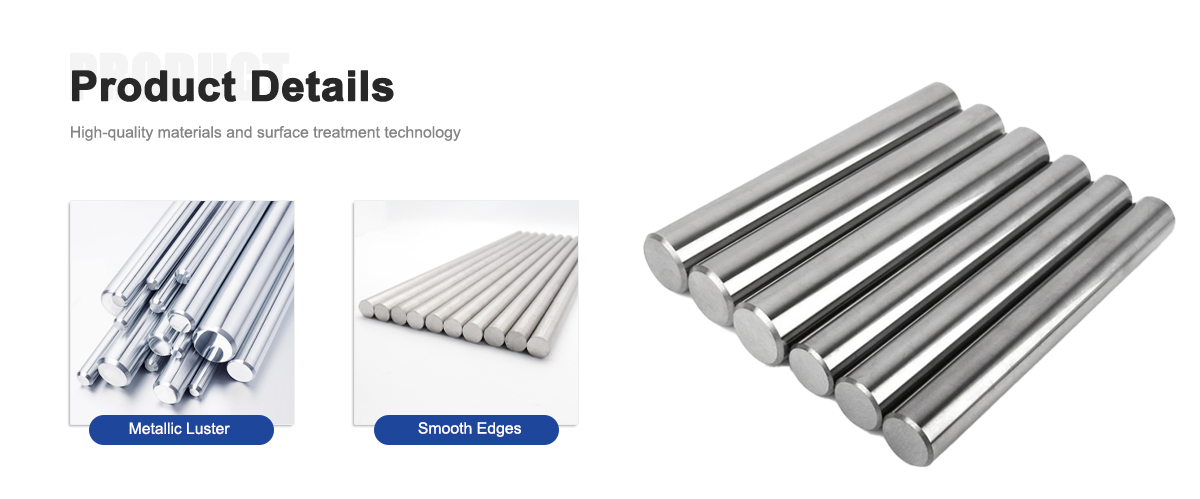
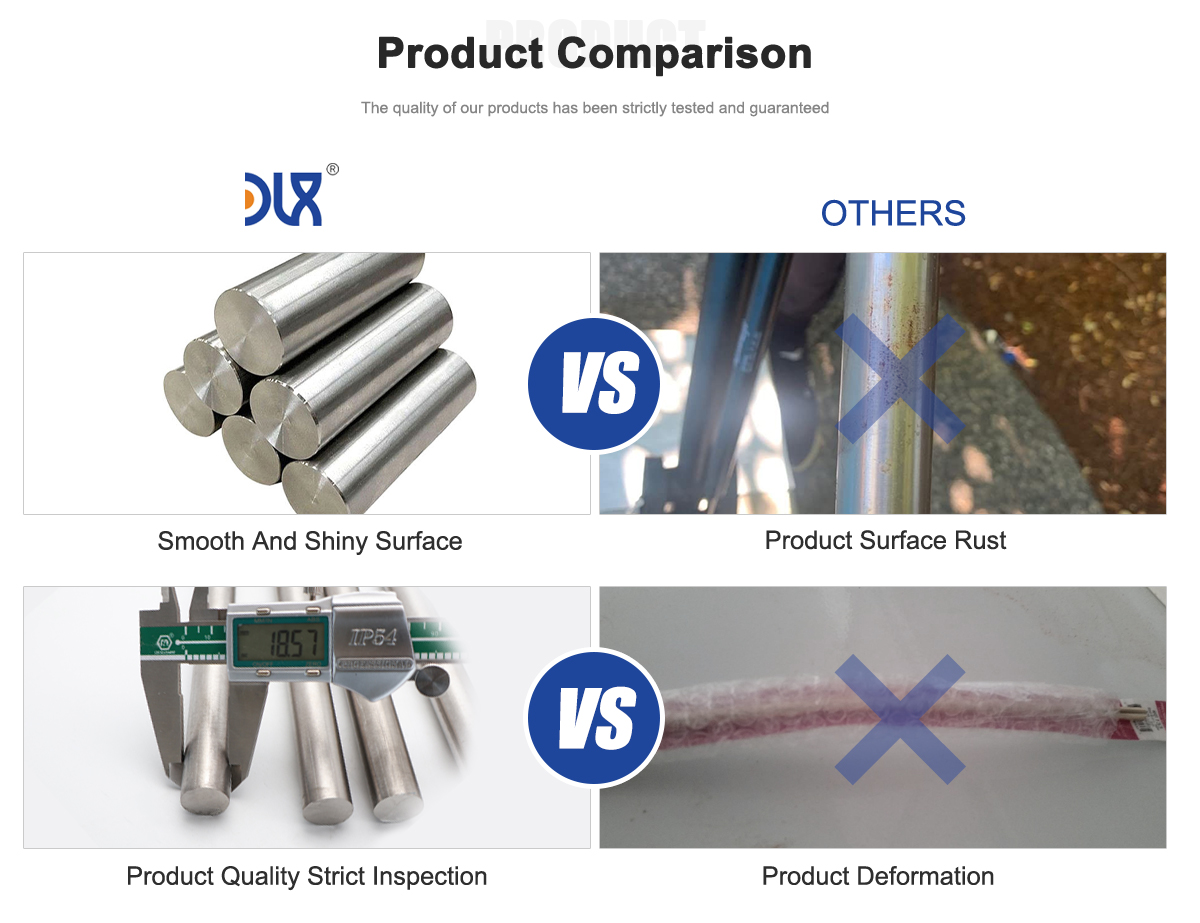
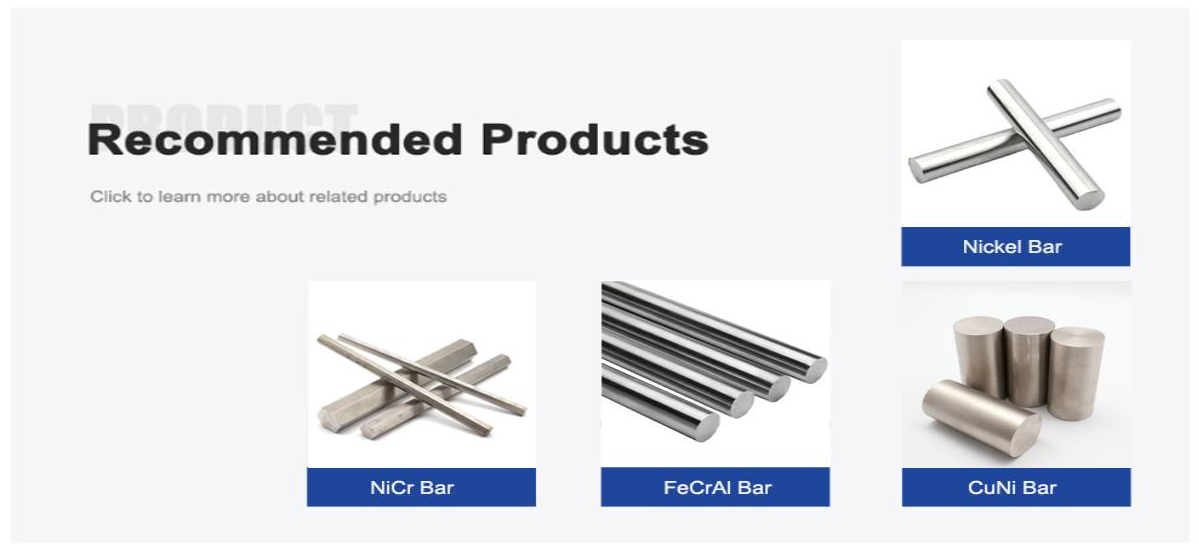
About Us:
Our 12,000㎡ factory is equipped with complete capabilities for research, production, testing, and packaging. We strictly adhere to ISO 9001 standards in our production processes, with an annual output of 1,200 tons. This ensures that we meet both quantity and quality demands. Furthermore, all products undergo rigorous simulated environment testing including high temperature, high pressure, and corrosion tests before being dispatched, ensuring they meet customer specifications.For all our clients, we offer timely and multilingual after-sales support and technical consulting, helping you resolve any issues swiftly and efficiently.
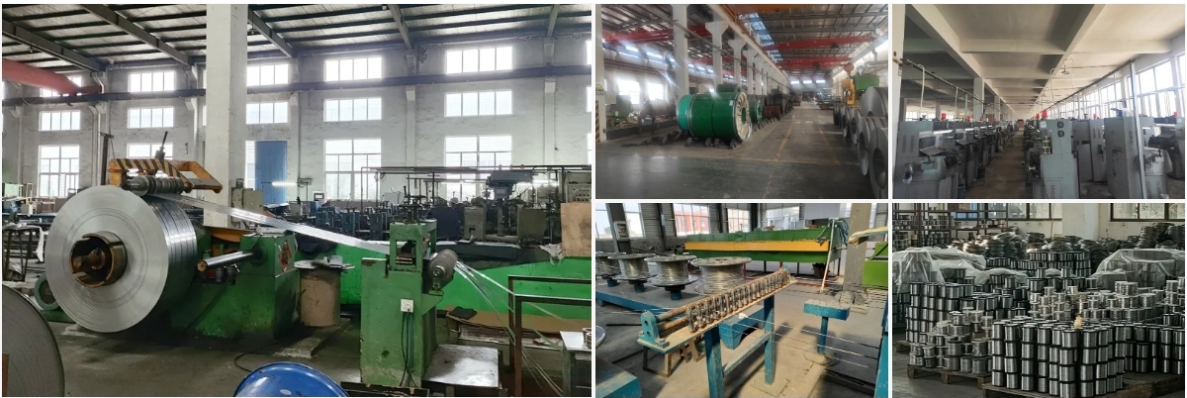
Client Visits
Building Stronger Partnerships
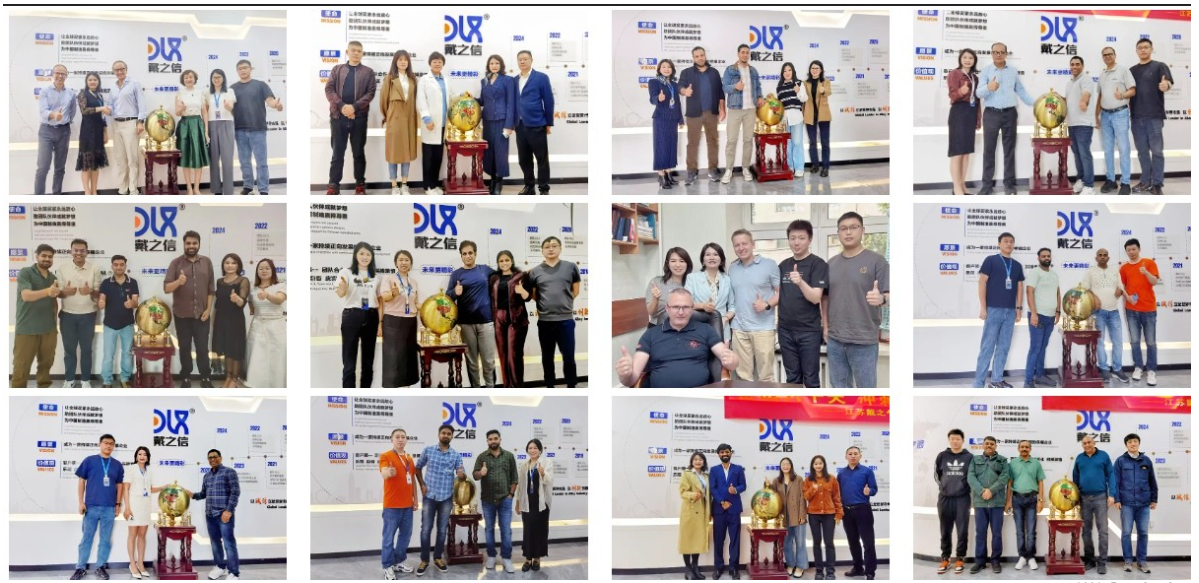
We support all kinds of testing:
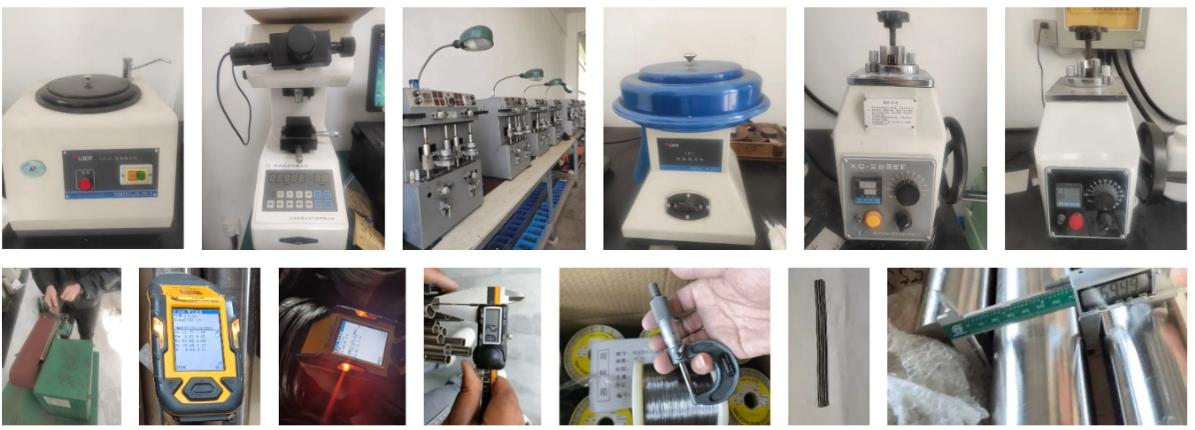
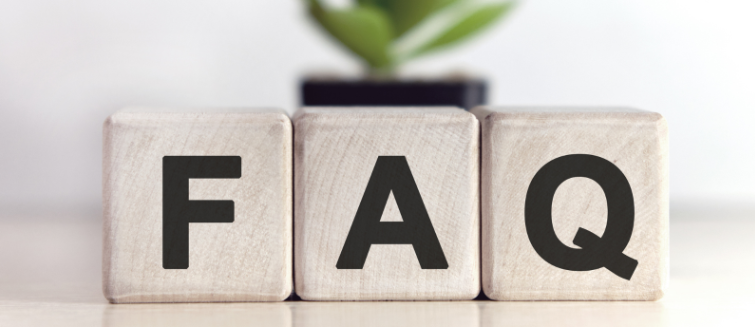
FAQs
1. What makes 0Cr27Al7Mo2 premium compared to standard FeCrAl alloys?
The molybdenum addition enhances high-temperature strength, creep resistance, and oxidation stability, making it ideal for extreme conditions.
2. What is the maximum continuous operating temperature?
This alloy performs reliably up to 1450°C in oxidizing atmospheres.
3. How does molybdenum improve performance?
Molybdenum strengthens the alloy matrix, reduces creep, and enhances oxidation resistance under long-term thermal exposure.
4. Can DLX supply customized dimensions?
Yes, we provide rods in various diameters, lengths, and surface finishes tailored to industrial heating systems.
5. How does 0Cr27Al7Mo2 compare with NiCr alloys?
It offers superior oxidation resistance, higher maximum temperature tolerance, and a longer service life at comparable costs.
6. What industries benefit most from this alloy?
Ceramics, glass, metallurgy, electric furnace manufacturing, and renewable energy heating systems.
7. Is it suitable for cyclic thermal applications?
Absolutely. The refined microstructure and alumina protective layer resist spallation and maintain performance under repeated heating and cooling cycles.
8. What testing does DLX perform to ensure quality?
Each batch undergoes high-temperature oxidation tests, tensile and creep evaluations, and electrical resistivity checks to ensure consistent performance.
Conclusion
The 0Cr27Al7Mo2 FeCrAl rod is a premium solution for industrial heating applications, offering unmatched oxidation resistance, high-temperature strength, and long service life. Its molybdenum-enhanced structure ensures stability under continuous or cyclic thermal loads, making it ideal for electric furnaces, heater systems, and advanced industrial heating equipment.
DLX Alloy combines advanced production technology, strict quality control, and customization capabilities to deliver rods that meet the most demanding industrial specifications. By providing durable, high-performance FeCrAl solutions, DLX Alloy helps industries achieve energy efficiency, reduced maintenance costs, and reliable long-term operation.
With 0Cr27Al7Mo2, industries gain a reliable, high-performance heating material designed for the future of industrial furnace and heater systems.
